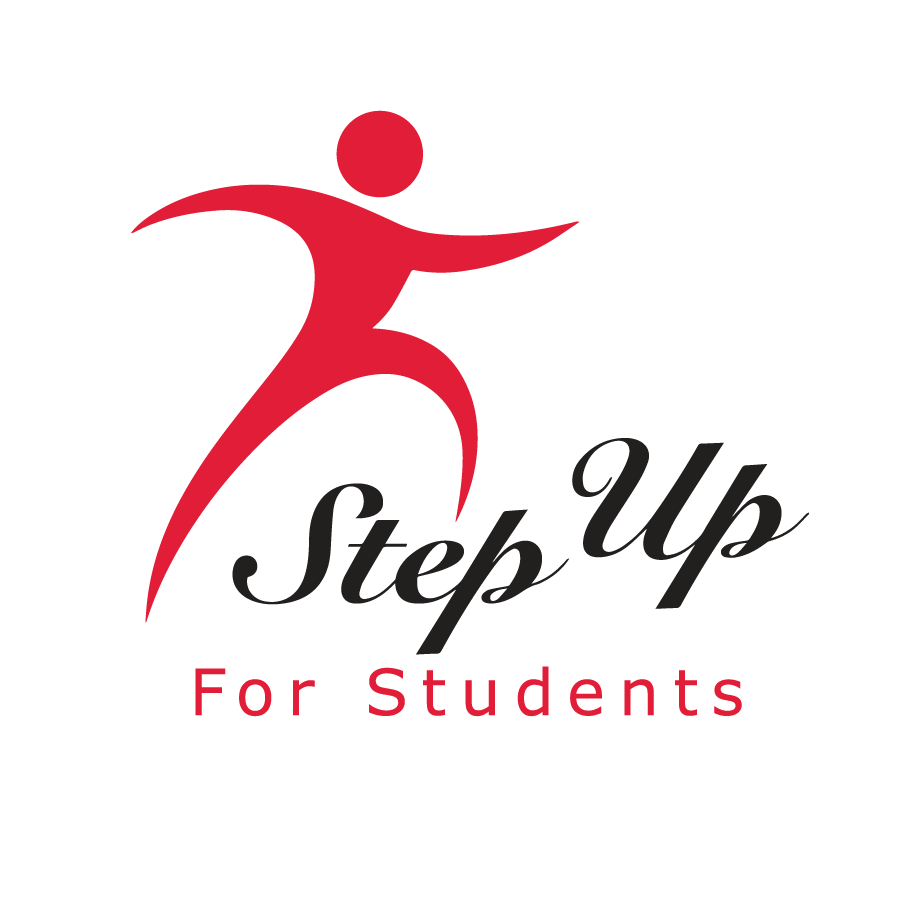Prenda microschools provide education choice opportunities for educators as well as students
After 13 years of teaching at district schools in Shreveport, Louisiana, Pam Lee was searching for something that would give the students what she called a “better opportunity” to succeed.
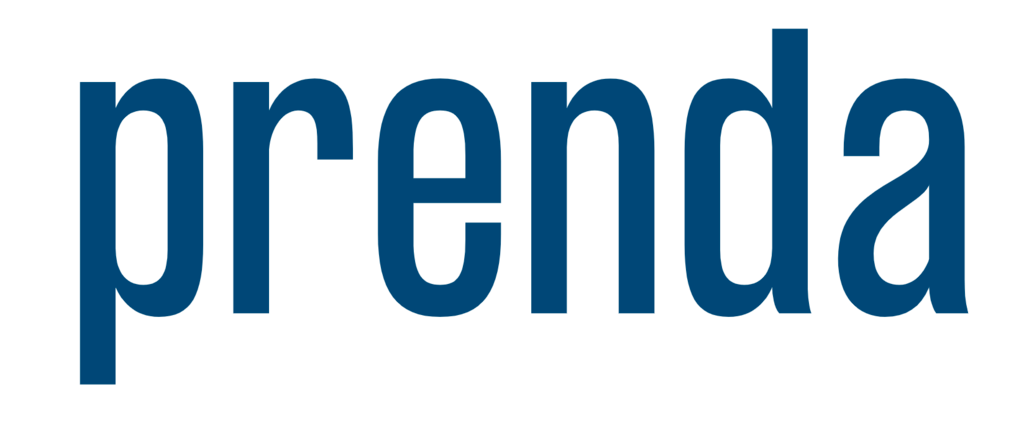
Disappointed in Louisiana’s education system, which annually ranks near the bottom in the nation, Lee’s passion for her job was slowly eroding. She wanted to continue teaching, but she desperately needed a change.
“I felt that there was something bigger,” Lee said, “and I was praying every day I would find it.”
The answer came in the form of a Facebook ad for Prenda, a network of K-8 microschools headquartered in Arizona. “Open your own microschool,” it read. Lee was intrigued. She clicked on the ad, and within 24 hours had talked to a Prenda representative and was making plans to open her own microschool.
Lee loved Prenda’s model: small classes of five to 10 students that can meet in the teacher’s (called “guides”) home or at a facility that meets state safety requirements; the ability for guides to set the curriculum and for students to learn at their own pace; and the flexibility for guides to set their own class hours, which run no more than 25 hours a week.
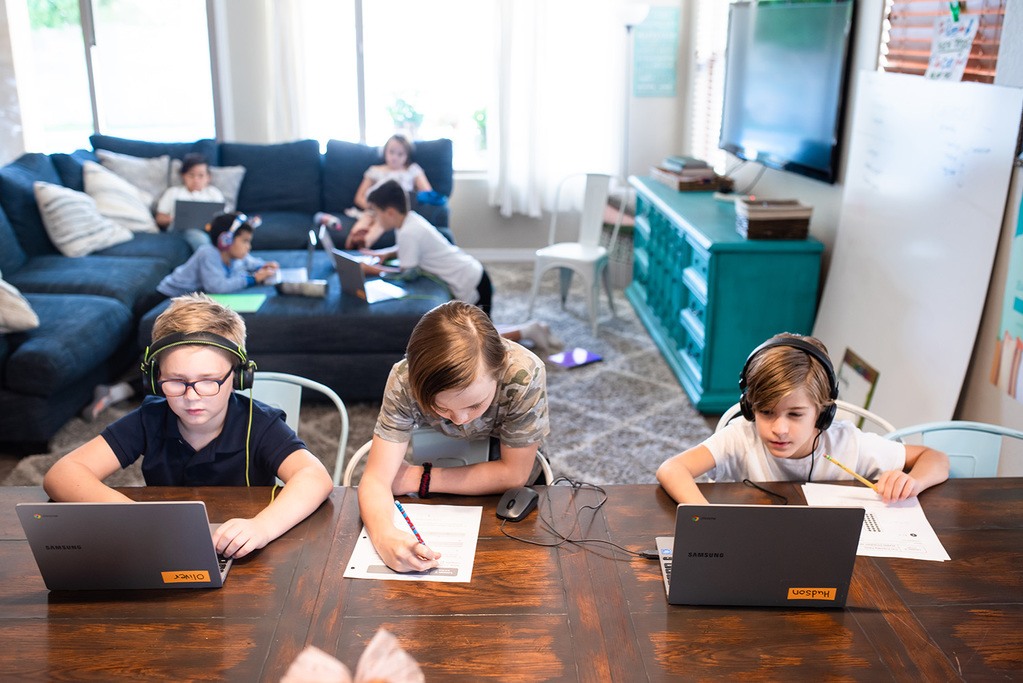
Lee opened a Prenda Microschool Den of Shreveport in September, which meets at a local daycare center. After more than a dozen years of teaching within the guidelines set by district schools, Lee said she hasn’t once looked back.
“I think Prenda is heaven-sent, actually, for us here in Louisiana,” Lee said. “My students are kind of the ones that get looked over in class. I have a fifth-grader who can’t read at all. Just having Prenda come here and me having the opportunity to reach those kids has been amazing.”
Lee’s is a case of education choice saving the student as well as the educator.
“This is what I was praying for, for years and years,” Lee said. “I say divine intervention is what brought Prenda to me.”
***
Prenda Microschools was founded in 2018 by Kelly Smith, who holds a bachelor's degree in physics from Brigham Young University and a master's degree in plasmas and fusion from the Massachusetts Institute of Technology. He was intrigued with the way the students in the computer programming class he taught at a Mesa, Arizona library showed up each week and worked hard at Code Club. Smith realized kids learn better if they are interested in what they are learning.
It began with one microschool made up of seven kids from Smith’s neighborhood. Its mission: to “empower learners.”
“That’s what this is,” said Rachelle Gibson, Prenda’s New Markets Team Leader. “Let them be who they are and become who they are meant to be. It isn’t just education. ‘Empower Learners’ at its core means children understand that they can do anything once they learn how to learn and appreciate who they are as a person.”
Today, there are more than 2,500 students in 300 Prenda Microschools stretched across 5 states. Gibson is overseeing the organization’s expansion into a 6th state – Florida.
With Florida being a leader in education choice, and with the scholarships to K-12 private schools administered by Step Up For Students, the Sunshine State has always been at the top of Prenda’s expansion list. Gibson said there is support for microschools in Tampa, Orlando, and Jacksonville.
The key is finding guides.
“People who are educationally minded with the entrepreneurial spirit, here is an opportunity in Florida to serve kids who really need it in a really incredible way,” she said.
Gibson said 30% of Prenda guides are certified teachers, but it is not a requirement. Guides can be moms looking to get back into the workforce, or who homeschool their own children and want to take on a few more students. Guides can be teachers looking for another way of teaching, or seniors who are retired but want to work with children for 25 hours a week.
“It’s an opportunity for all of those people to find a really great way to impact kids and make a difference,” Gibson said.
Ideally, Prenda Microschools are divided into three age groups: K-second grade, third through fifth, and sixth through eighth, though that can change based on the availability of microschools and the ages of the children in that area. The microschools can be held at locations such as community centers, churches, tutoring venues, gymnastics centers or dance studios.
Prenda Microschools meet all the state requirements for a school, and the students learn the core subjects, Gibson said. What separates them from other schools is the microschools are limited to five to 10 students, and the guides have the autonomy to tailor their lessons to topics and subjects that interest the students.
“We feel like there is an opportunity to change the world because a different educational environment will unlock things that kids aren’t getting right now,” Gibson said.
***
With October coming to an end, Beth Garcia expects the students in her microschool to be interested in Halloween.
“If they want to learn about pumpkins this month, we’ll learn about pumpkins,” she said. “They wanted to learn about bats, so we added bats. They wanted to learn about flowers, so we did that.”
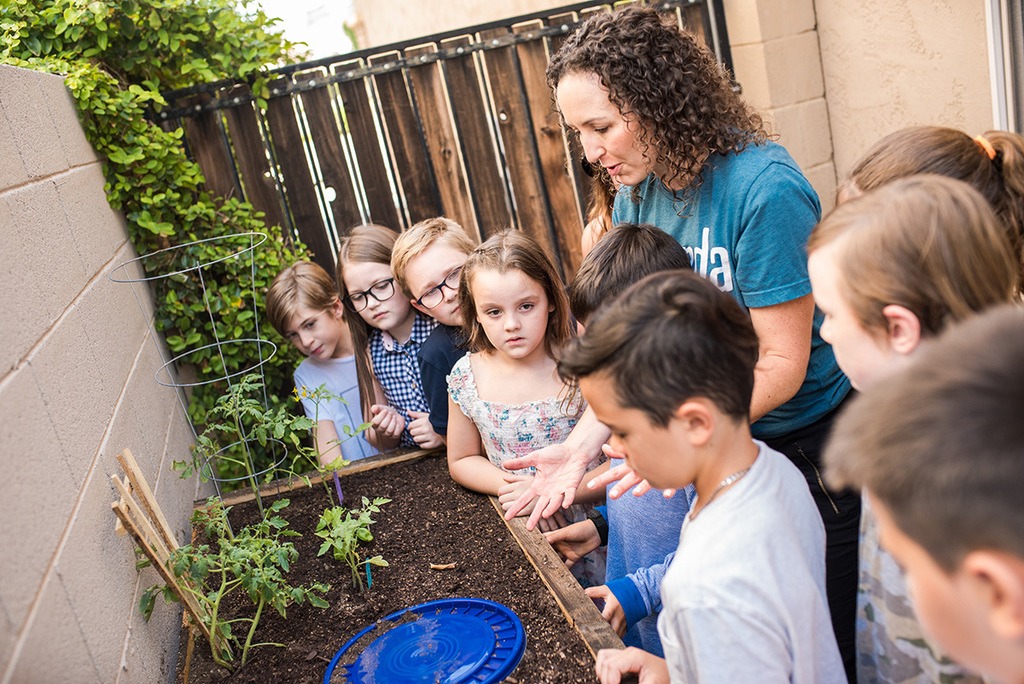
Garcia is in her second year as a guide in Sahuarita, Arizona. A teacher with five years’ experience in district schools, Garcia was teaching preschool out of her home when she learned about Prenda’s microschools. With her son ready for kindergarten, she thought it was a great way to homeschool him. Some of the other parents thought so, too, and asked Garcia if their child could continue under her tutelage. So Little Fox Preschool became Little Fox 2 Prenda Microschool, with eight students in grades K-2.
“I definitely love Prenda,” Garcia said. “I love the fact that kids can work at their own pace. It’s very tailored to a child. If a child is in first grade and still working at a kinder level, that’s OK. There are no standards that need to be met as far as (district) school system. We can tailor it to them.”
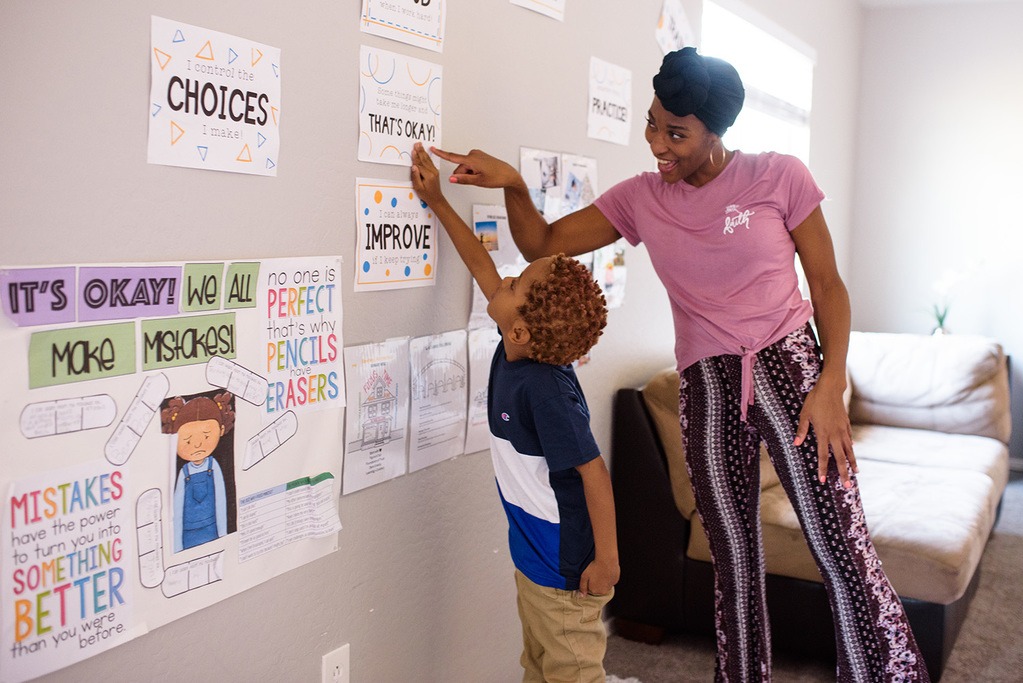
Buckeye, Arizona.
Garcia said she knows where all eight students are academically, which allows her the freedom to adjust the lessons accordingly. She also loves the smaller class size and the fact she can teach from her home, which allows her to spend time with her youngest son, who is a year away from beginning kindergarten.
“I like the freedom as a guide to be able to tailor our curriculum around student interest,” Garcia said. “That’s the fun part of teaching, I think.”
The oldest of Garcia’s three children is her daughter Alanah, 10. Alanah struggled in her district school. She found the lessons moving too fast, which caused anxiety and behavioral problems. She had to repeat the third grade.
Alanah now attends a Prenda Microschool, where she is doing well academically and making friends.
“She’s like a whole different child,” Garcia said. “I really think for her, Prenda has saved her soul. I really believe that.”
Roger Mooney, manager, communications, can be reached at [email protected].
